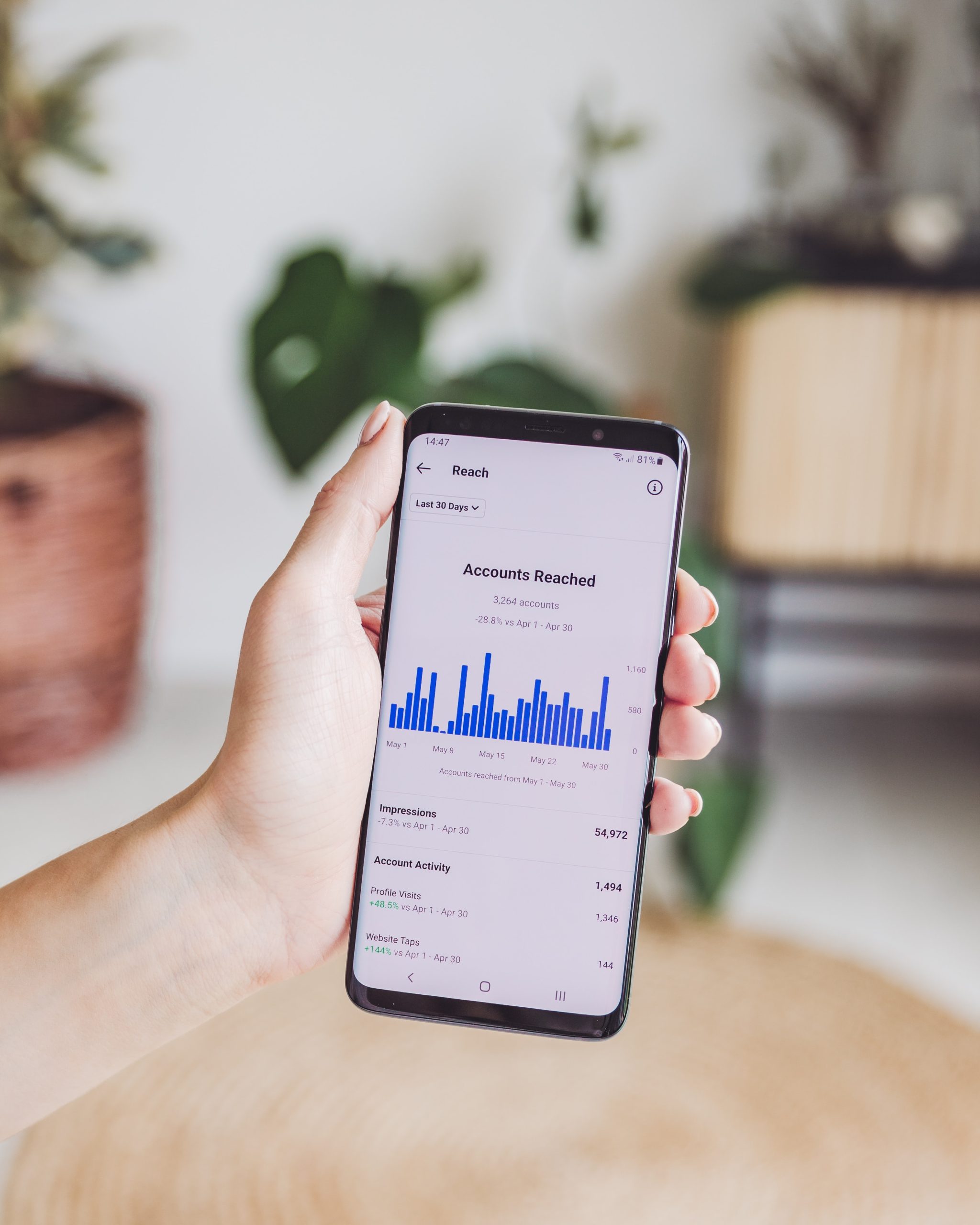Investors are always looking for ways to make their money work for them, with an increasing number of high-profile investors embracing cryptocurrency. The cryptocurrency market has exploded over the past few years, creating investment opportunities for anyone with access to the internet. Although the technology behind cryptocurrency is complex and complicated, investing in crypto is far from that, with several avenues potential investors can explore.
Before we dive into four of the most popular ways to invest in cryptocurrency, we must warn you about the inherent risks associated with crypto. Investing in any asset carries a risk because its value can decrease. This article is for information purposes; ensure you conduct thorough research or seek professional advice before investing.
Buying and Holding (HODL)

Buying and holding, known as “HODling” in cryptocurrency circles, is by far the most popular and most straightforward way to invest in crypto. The primary strategy behind HODLing is to buy an asset at a low price and hold onto it for an extended period, hoping its value increases, before selling it at a higher price for a profit. You can play around with the profit calculator on Coin Codex, which is similar to a sports betting odds calculator, to see the kinds of returns you can expect.
HODLing is almost a passive way to invest in cryptocurrency because it requires minimal interaction once you have purchased from a platform like Binance or Coinbase. Of course, it pays to stay up-to-date with the latest crypto-related news and to monitor your investment’s growth, but you are aiming to capitalize on the crypto’s growth trajectory rather than profit from short-term price fluctuations.
The buying and holding strategy is often associated with assets like Bitcoin and Ethereum, considered well-established cryptocurrencies. Bitcoin and Ethereum are foundational components of the blockchain ecosystem, hence their immense popularity. Potential gains from HODLing tend to be lower than some of the other crypto investment methods, but so are the risks involved.
Trading
Cryptocurrency’s natural volatility lends itself to trading, particularly day traders who open and close their positions within the same day. Day traders closely monitor price movements and technical indicators to make rapid decisions. It is not uncommon for cryptocurrency day traders to make hundreds of trades in a single trade period.
In contrast, swing traders attempt to take advantage of medium-term price movements. They, too, closely monitor the crypto market and use technical analysis to help them identify and predict trends that may last for days or weeks.
Risk management is essential in any form of trading, especially when trading cryptocurrencies, where prices can soar and plummet far more sharply than traditional stocks and shares. Traders often set stop-loss orders to help limit potential losses, which can be astronomical if they use leverage.
Crypto trading for real money is not for the novice investor. Even the most experienced day and swing traders use paper trading, essentially simulated trading while fine-tuning their strategies.
Initial Coin Offerings (ICOs)

Initial Coin Offerings, abbreviated to ICOs, represent a fundraising method new cryptocurrency projects use to secure capital for their development. Typically, the people behind the projects issue and sell their native tokens to investors before they are listed on exchanges. Early investors buy the tokens expecting them to appreciate as the project progresses.
ICOs became popular for blockchain-based projects to attract funding without traditional financial institutions getting involved. In the early days, a lack of regulatory oversight led to instances of fraudulent activities and scams involving ICOs. More robust regulatory frameworks now exist, but as an investor, you must conduct thorough research into the legitimacy of the project performing the ICO.
Understand the project’s whitepaper, the team involved, and the overall vision to help you make informed decisions before parting company with your money.
Staking and Yield Farming
Staking and yield farming are emerging as popular ways for cryptocurrency investors to earn additional tokens or interest on their holdings. Staking involves locking up an amount of cryptocurrency in a wallet to support the operations of a delegated proof-of-stake (DPoS) or proof-of-stake (PoS) blockchain. Stakers are usually rewarded with additional tokens in return for staking their coins.
On the other hand, yield farming is a decentralized finance (DeFi) practice where investors lend their cryptocurrencies or other assets. Yield farmers receive interest on their deposits or additional tokens as a reward for their lending.
Both staking and yield farming are highly complex and come with associated risks. For example, the value of rewards can fluctuate wildly based on market conditions. Like with any investment vessel, ensure you conduct thorough research, paying particular attention to the specific terms and risks involved, and try only using reputable platforms for any trades.
Conclusion
Investing in the cryptocurrency market offers a range of methods, each catering to different investment goals and risk appetites. Buying and holding, or HODLing, is the simplest and most straightforward way to get involved in cryptocurrency and is ideal for people who are more risk-averse and seeking long-term gains.
Those with a hungrier appetite for risk may want to delve into the world of crypto trading, where the potential for substantial profits awaits. However, the flip side of those potentially massive gains is that traders’ losses can be enormous due to the volatile nature of cryptocurrency.
Exploring Initial Coin Offerings (ICOs) allows you to support new projects and get in on the action from the ground floor. However, not all projects succeed; what counts as success varies from person to person.
Last but not least is the highly complex world of staking and yield farming, where investors act as gatekeepers or lenders, putting up their investments as capital for projects.
The key to success in cryptocurrency and any other investment lies in informed decision-making, continuous monitoring, and adapting strategies to evolving market conditions. Be mindful of the inherent risks, and if in doubt, seek professional advice before diving headfirst into a new investment opportunity.
